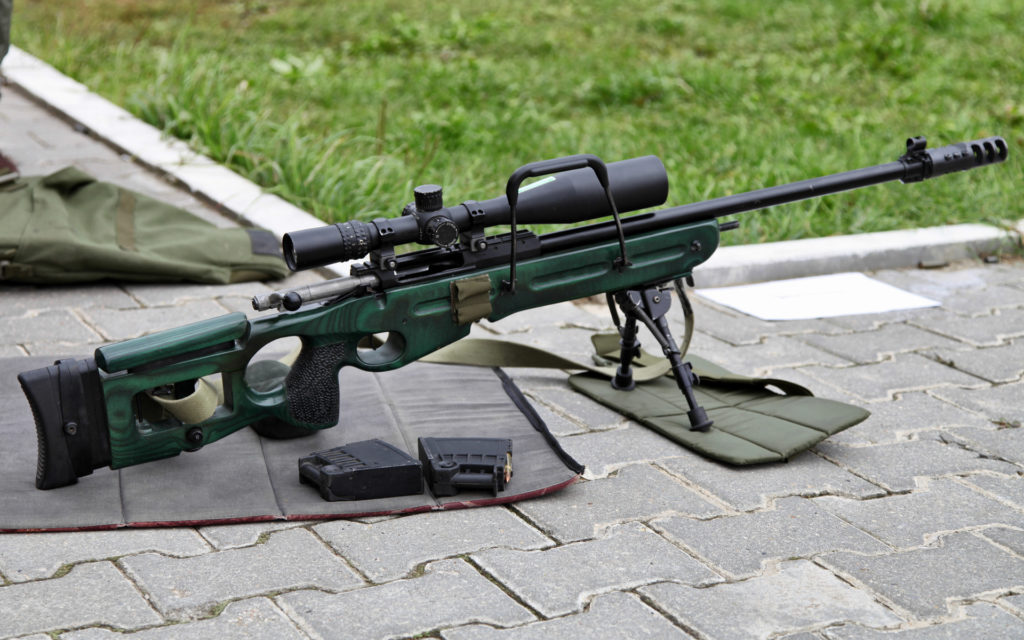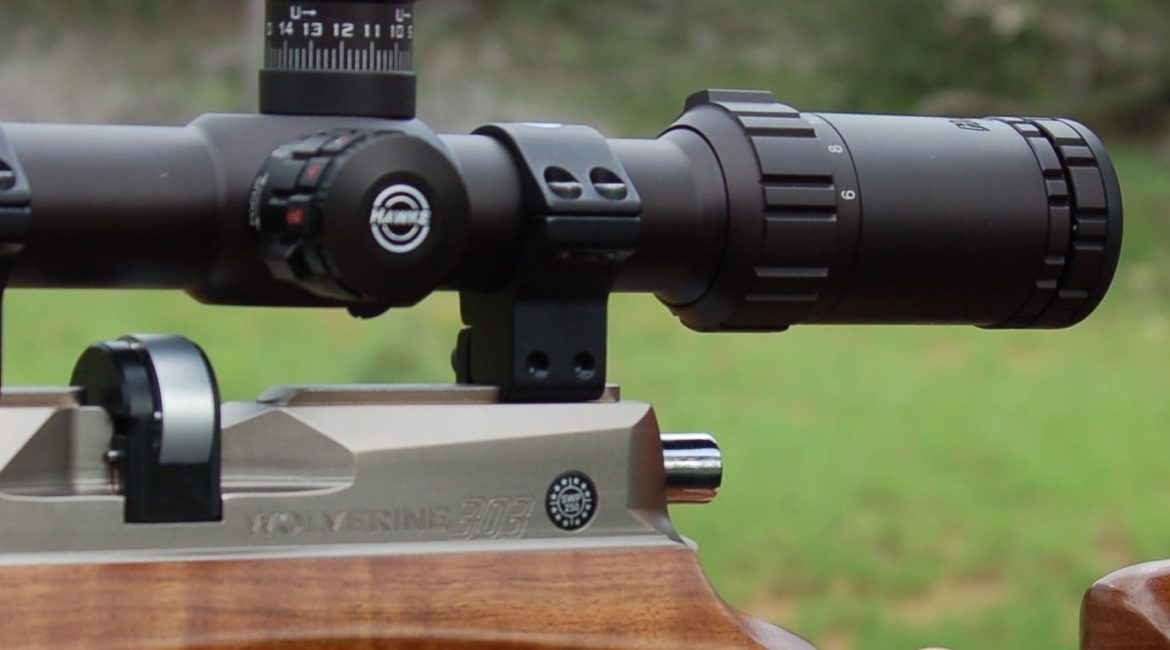How to choose a scope for the carbine
It just so happens that a lot of weapons of various designs are called carbines. In vocabulary it is a lightweight rifle, but no one is surprised by the smooth-bore or heavy 2-3-barrel carbines. Technically, they distinguish between bolted, semi-automatic and fractured carbines.
The bolt carbine is a reliable and accurate weapon, suitable for firing high-power cartridges. The main drawback is the impossibility to fire a second shot at the outgoing beast. The weapon with automatic reload (self-loading) has a fighting history, but is also allowed to be used on hunting. The main advantage of semi-automatic rifles is their speed of fire; from minuses it is possible to name low pile-ups of combat and requirement to quality of ammunition. Fracture carbines can have from 1 to 4 barrels, but more often than not 2-3. Depending on the caliber and own dimensions, they are used for various types of hunting. Interestingly, 3-4 barrel carbines usually have barrels of different calibers: with such carbines they immediately acquire telescopic and collimator scopes, and sometimes – two different telescopic scopes.
Scopes for carbine with longitudinal slide bolt
The rifled bolt carbine is a high-precision weapon: among the carbines they have no equal in range and accuracy of the shot. The bolted carbines are fired from behind the barrels, and provided that the weapon is fitted with a light scope, it is also very good for running hunting. The effective range for a longitudinal slide rifle is determined by the terrain, the skills of the shooter and the ballistics of the bullet.

Lightweight bolt carbine for mountain hunting are equipped with light scopes with magnification up to 16x, sometimes up to 24x. On the weapons for shooting from the towers – warming scopes with thin target net: available magnification – up to 60x, but more often than 50x. If you don’t expect to move a lot on the hunt, it’s better to choose the maximum aperture optics, otherwise the fatigue of looking into a faint picture will prevent the shooter from hitting the target.
Immediately agree that the recommendations will concern the affordable price segment. No one disputes that Leupold VX HD or Carl Zeiss Victory are “good” series of long-range scopes. But in our conditions to get legendary models for fair money is a difficult task, so we will start from reality. Of course, we won’t discourage the owners of Merkel or Mauser carbines from buying Zeiss, but it’s more logical to put other optics on the CZ 550. You can find good recommendations on search of the scope at https://opticzoo.com/best-vortex-scope-for-308-reviews/.
So, for mountain hunting it is possible to advise super-bright KONUSPRO LZ-30 3-12×56 EWF (extra-wide field of view) and BARSKA Euro-30 Pro 4-16×60 (bigger pupil takeoff). Those who are interested in the angular sizes of the sighting reticle to be correct in the whole range of magnifications, should pay attention to Konus KONUSPRO F-30 4-16×52. Although the model loses its aperture strength to the above mentioned ones, it has a ballistic grid engraved in the 1st focal plane.
Nikon ProStaff 4-12×40 is also in great demand as a long-range scope: it is very inexpensive, about 220$, and very light, about 450 grams, for a powerful scope. Nevertheless, the model is not one of our recommendations, because the diameter of the tube of this telescope scope is 25.4 mm, and the diameter of the tube of the above mentioned telescope scope is 30 mm (which causes their higher weight). Is there a difference? There is a significant difference: it consists in the value of the range of admissible corrections, which is important for firing at a range. Conclusion: if you choose a product of this brand, we would recommend a 30 mm Nikon PROSTAFF 7 4-16×50, but the cost of this model – twice as much.



